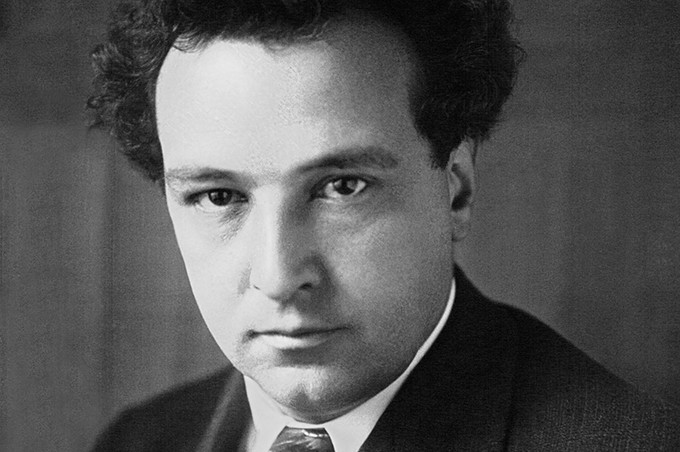03 November 2023
Philip Jenkins
Spotlight Honegger: The Third Symphony

“His engagement for Honegger and Shostakovich indicates that Karajan aimed to overcome the experience of war and dictatorship through art.”
Peter Uehling
Arthur Honegger’s 3rd symphony is a perfect example of Karajan’s commitment to contemporary music.
When he performed it for the first time in 1954, Honegger was still alive. The symphony was written in 1945/46 as a reaction to the horrors of World War II and the desire for peace in the devastated countries of Europe. Its subtitle “liturgique” refers to the three movements “Dies irae”, “De profundis clamavi” and “Dona nobis pacem”.
“This recording remains in a class of its own for sheer beauty of sound and flawless ensemble.”
Gramophone
Even Karajan’s critics admit that his studio recording of the symphony (together with the 2nd) in 1969 is not only one of his finest achievements but also one of the best recordings of 20th century symphonic music. Therefore, it is not surprising that this work has a prominent place in every reputable analysis of Karajan’s life and musicmaking, for example Peter Uehling’s biography:
“Even Karajan hasn’t made a lot of recordings where the orchestral technique is as amazing as in this one from 1969. Musicians managing their parts so perfectly and with a complete knowledge of the score make one think they’re playing by heart.”
“There are many recordings of pieces apart from the popular repertoire that belong to Karajan’s artistic legacy […] like Arthur Honegger’s 3rd symphony. Karajan’s artistic individuality and his personal commitment are much more evident in these recordings than in the Beethoven symphonies.”
Richard Osborne considers:
“In later years, Karajan would frequently list those works which left him emotionally drained for days to come: Elektra, Sibelius Fourth Symphony, Mahler’s Sixth, the Three Orchestral Pieces of Alban Berg, Honegger’s Liturgique. Much of this is war music, music that concerns itself with the gratuitous desecration and destruction of human life and values.”
The French critic Bernard Gavoty, a personal friend of Honegger, wrote (turning to Karajan himself):
“Truly it was no longer, as I had once thought, a matter of a star courting success by adopting the affectations of a prima donna, but of a man who has given himself up to a trance. You were a medium, in the full force of the word, maintaining the subtle link between the musical work and the audience.”
Karajan performed the “Liturgique” more than 30 times in concerts up to 1984, after 1956 exclusively with the Berlin Philharmonic. This live recording with the Lucerne Festival Orchestra in Honegger’s native country Switzerland in 1955 was recently published.
— Philip JenkinsRichard Osborne: “Karajan. A Life in Music” Chatto & Windus, London. 1998
Peter Uehling: “Karajan. Eine Biographie” Rowohlt, Reinbek bei Hamburg. 2006

